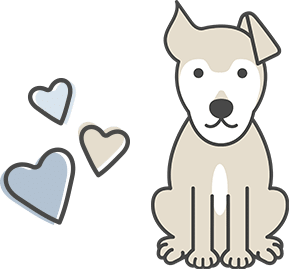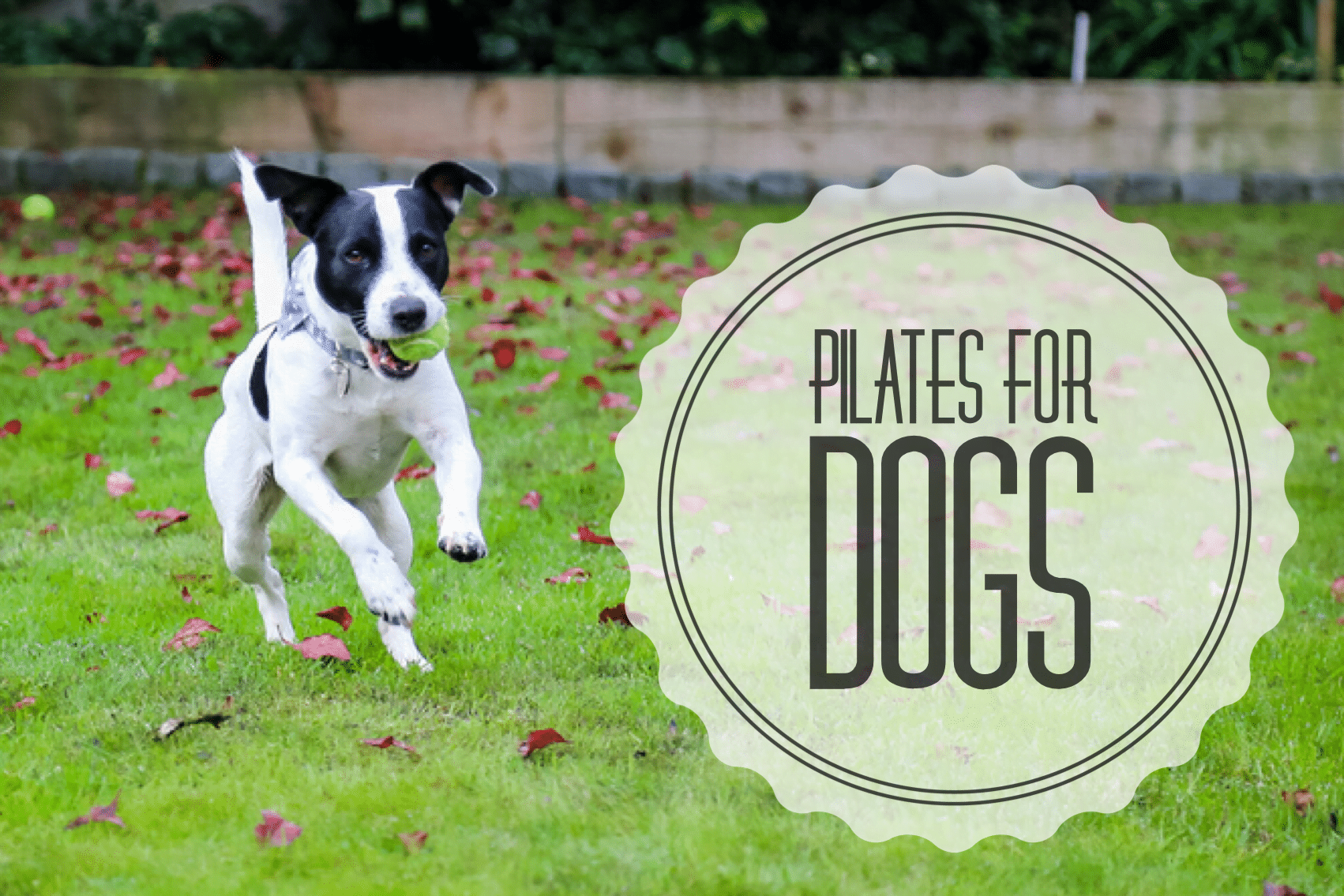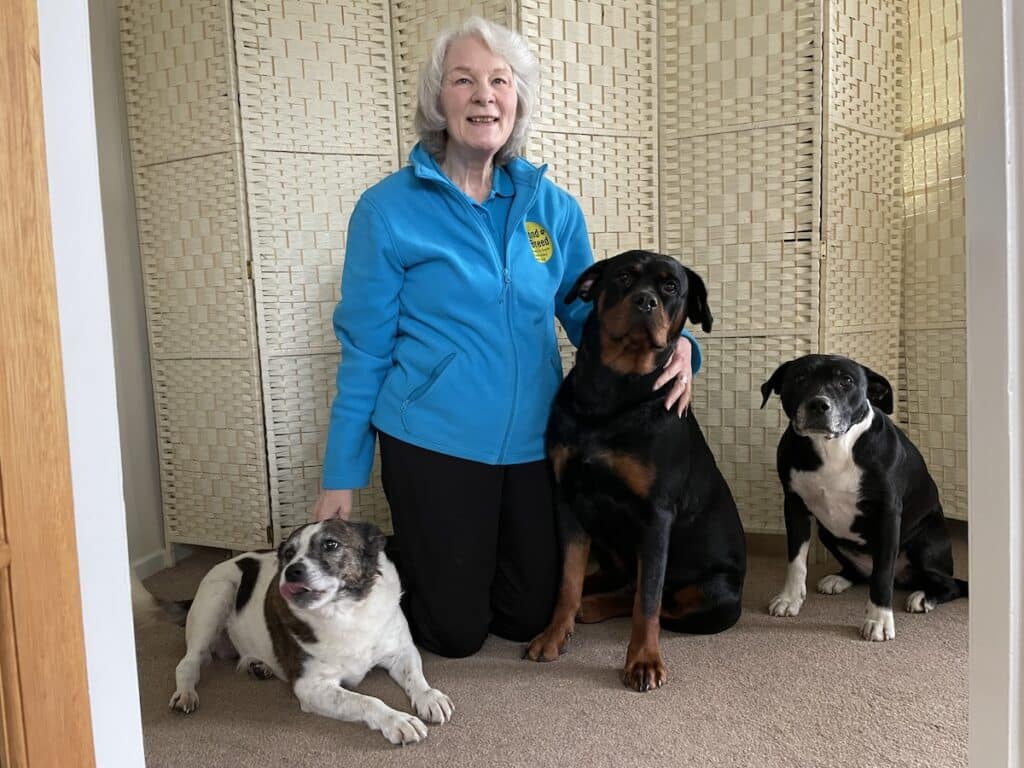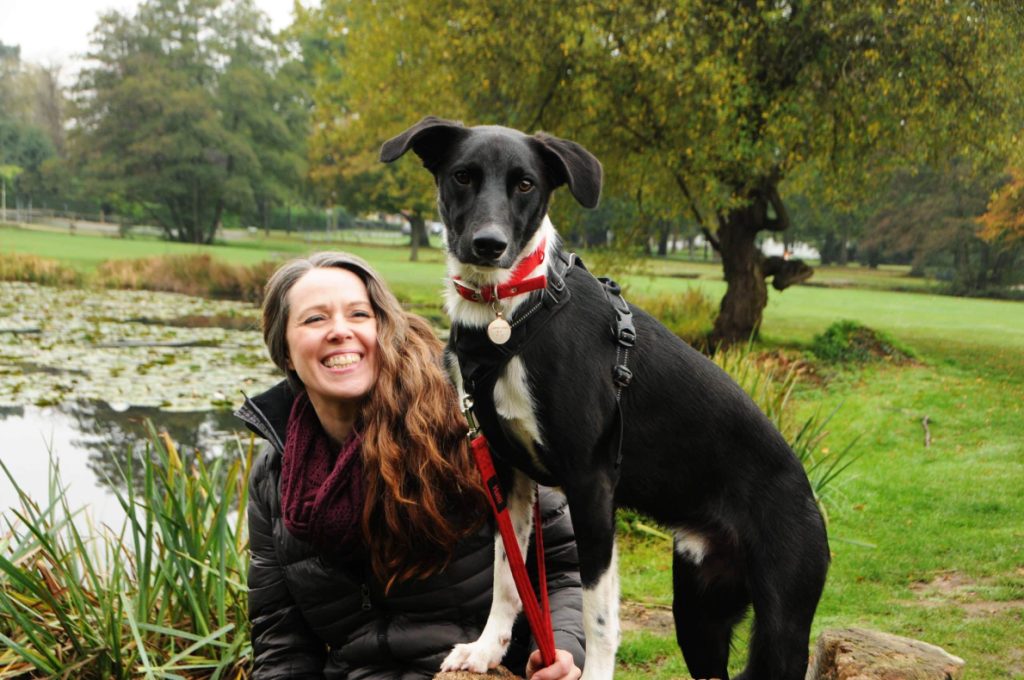Pilates is a healthy way to improve our strength and flexibility but did you know it can help dogs too?
I was fascinated to discover this and was absolutely thrilled when Lindsey Fidler, a canine fitness instructor from Rotherham invited me along to one of her classes.
Lindsey studied Equine Psychology at Nottingham Trent University and after graduating in 2008 she worked on a horse racing yard.
Then she moved to a small animal practice to train to become a registered vet nurse in 2012 and decided to do a Post Graduate Diploma in Veterinary Physiotherapy.
Many of the animals she treated were recovering from surgery, illness or injury and her physiotherapy sessions helped with their rehabilitation.
Their owners wanted to help as much as they could and Lindsey realised both could benefit from exercising together.
So she sought out a canine fitness qualification and became an instructor
Now she puts on pooch pilates classes – or Paw-lates as Lindsey calls it!
Lindsey said: “Owners would come to see me and I’d show them the exercises they needed to do with their dogs to help with conditions or to recover from illness or surgery.
“It struck me that by working together, a canine fitness programme would help dogs and their owners, so I did a canine fitness qualification with the Canine Conditioning Academy and started putting on classes.”
Lindsey still works with horses and her business Lindsay on Twitter helps animals with a range of conditions.
Her Pawlates sessions work on the same principles as Pilates for humans and aim to build core strength, flexibility, balance and posture.
Lindsey explains: “By improving core strength we develop the deep muscles which stabilise the spine and pelvis.
“When correctly used, these muscles allow our dogs to develop correct posture and movement.
“Just as with our own bodies, this helps prevent injury or fatigue to other muscles which may try to perform the role of the core muscles if they are not functioning correctly.”
Dogs and their owners can enrol on a six week programme for £80 or have one to one sessions at £30 an hour
This is more suited to dogs who need a personalised plan.
Her clients range from pups who do agility, obedience classes, and fly ball to regular pet owners who want to try something different for their dog.
“It’s enriching and very mentally stimulating,” says Lindsey, who lives in Rotherham with her rescue Lurcher Evie.
“If you have a high energy dog they can run for hours and don’t get tired, but get them interested in this and because they have to concentrate and focus it can tire them out.”
She works with every kind of breed from Great Danes to teeny Chihuahuas and to take part, dogs need to be at least six months, fit and well, and have basic obedience.
I love trying new things and last month Patch and I joined Border Collies Zuka and Logo and their owners
First, Lindsey explained the exercises in the class.
Then each dog walked around for a warm up to get the blood flowing and throughout the session, dogs switch between each exercise as Lindsey monitors their form.
The collies learned how to Side Step to strengthen the abductor and adductor muscles in the legs which in turn builds strength in the glutes or bum muscles, groin and chest. We missed this out as Patch and I were newbies.
Then they tried Raised Front Paws where the dogs stood on a step with their front paws – just like a doggy version of step aerobics.
The aim is for them to stand square with their front feet on the step and back feet on the floor and hold that position for 15 seconds at a time.
This increases the strength and muscle in the hind legs and helps with balance.
Lindsey explained: “A lot of dogs are front end heavy because they pull on their harness or lead and this is about reversing it and equalling out the muscle mass throughout the body.
“It works by extending the hips and stretches the abdominal muscles, the glutes, hips, hamstrings and thighs so it’s a lovely stretch for them. You can do it on benches and walls while on walks.”
Next we used some cones which can help if you'd like to try agility
We tried Weaving between cones slowly bending Patch through by tempting him with a treat.
The weaving action encourages the spine to flex in both directions. Some dogs are more mobile on one side but by asking them to keep changing over increases flexibility and improves co-ordination.
All the training is reward based so the dogs throughly enjoy it. “They go home with very full bellies,” says Lindsey. “It’s interesting for the owners too.
“It’s a fun way to learn more about how exercise affects your dog’s anatomy and learn new exercises to mentally stimulate them and build confidence.
“I recommend 15 to 20 minutes of work like this to my clients three times a week and the dog will be shattered. You can do it at home or out and about.”
So how did Patch get on?
Well I was pleasantly surprised as he’d only been with us for six weeks and we have quite a bit of work to do on his training.
But he really enjoyed the weaving exercises and Lindsey said as he was able to walk around the cones quite tightly his movement and balance was excellent.
As a bright two-year-old, he was keen to please and enjoyed going in and out of the obstacles, eating biscuits and treats along the way!
On the step, he stood nicely and we practiced encouraging him to stand square but not for too long as it’s important they don’t get bored!
I was really proud of him for his first attempt
Listening to Lindsey and learning how each exercise helps our dogs was so interesting and really makes you understand how important their health and mobility is.
It’s something that’s easy to take for granted.
Dogs love running around but if we want them to live long, healthy and happy lives and avoid injury and conditions like arthritis, ensuring their posture and flexibility is as best it can be can really help.
I absolutely loved Lindsey’s session and came away brimming with excitement and enthusiasm with what I’d learned.
We’ve continued the exercises at home. Tommy’s girls have loved the cone work and I know Patch enjoys it too.
Most of all, the classes are a lovely way to spend time just focusing on you and your dog, and if you like anything that helps you understand your pet and that brings you closer together you will love it.
I would definitely recommend Pawlates – I just wish Lindsey would open up a class near where I live!
To find out more about Lindsey, visit Lindsay on Twitter
If you enjoyed this post, you might like Reiki for dogs – how the Japanese treatment can help animals heal or Daisy tries out dog trousers.





